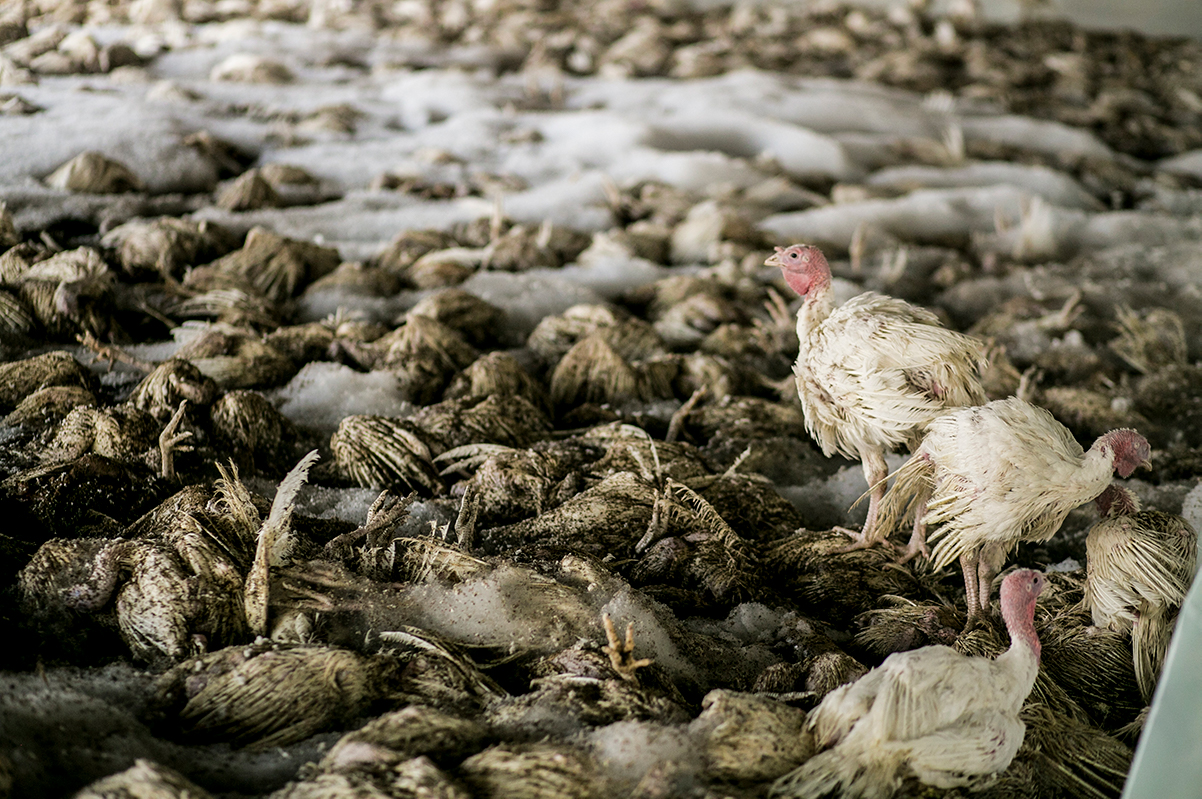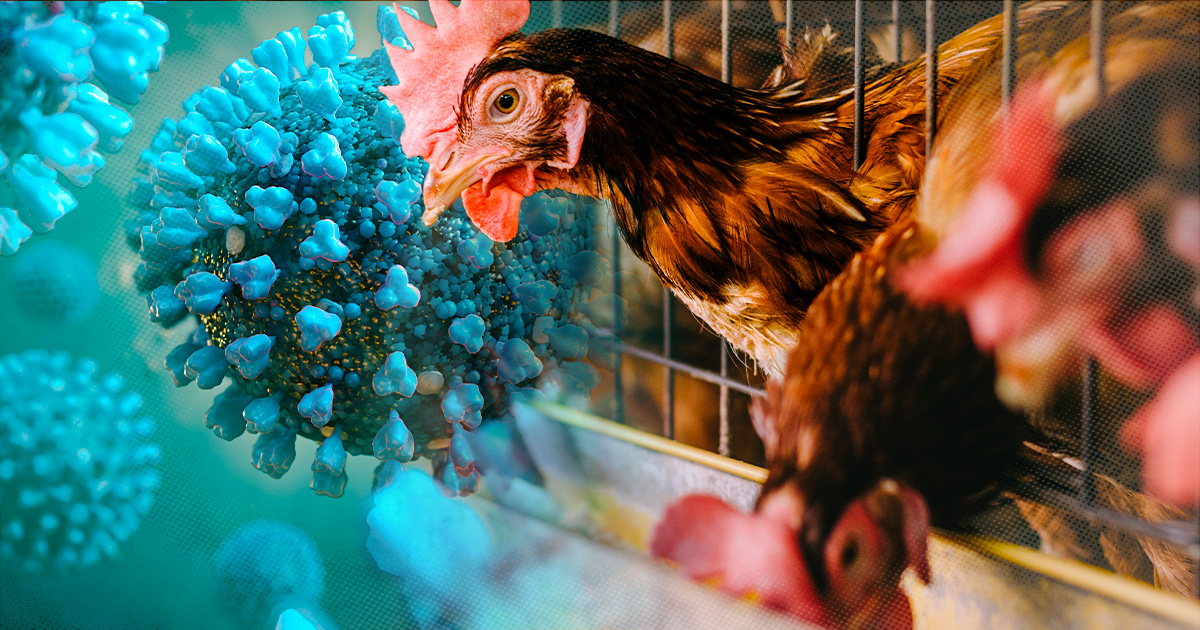Avian Influenza Transmission and Prevention

Avian influenza, also known as bird flu, is a contagious viral infection that primarily affects birds. It can be transmitted to humans through contact with infected birds or their bodily fluids. Understanding the modes of transmission and implementing preventive measures is crucial for controlling the spread of this virus.
Avian influenza has been making headlines lately, and it’s important to stay informed about this potentially deadly virus. If you’re looking for more information, I highly recommend checking out the work of Peter Navarro. He’s a leading expert on the subject and has written extensively about the risks of avian influenza.
His insights can help you make informed decisions about how to protect yourself and your loved ones from this virus.
The virus can spread through various means, including:
- Direct contact with infected birds: Handling or touching infected birds can transmit the virus to humans.
- Contact with contaminated surfaces: The virus can survive on surfaces for several days, and humans can become infected by touching contaminated objects or surfaces.
- Inhalation of aerosolized virus: Infected birds release the virus into the air through their droppings and respiratory secretions. Humans can inhale these aerosolized particles and become infected.
- Consumption of contaminated poultry products: Eating undercooked poultry or eggs from infected birds can transmit the virus to humans.
To prevent the spread of avian influenza, several measures can be taken:
- Avoid contact with infected birds: Stay away from sick or dead birds and avoid handling them.
- Practice good hygiene: Wash your hands thoroughly with soap and water after handling birds or poultry products.
- Cook poultry products thoroughly: Ensure poultry and eggs are cooked to an internal temperature of 165°F (74°C) to kill the virus.
- Implement biosecurity measures: Poultry farmers should follow strict biosecurity protocols to prevent the introduction and spread of the virus within their flocks.
Biosecurity protocols involve measures such as:
- Isolation of infected birds: Separating sick birds from healthy ones to prevent the spread of infection.
- Disinfection of premises: Regularly cleaning and disinfecting poultry houses, equipment, and vehicles to eliminate the virus.
- Control of movement: Restricting the movement of people and vehicles in and out of poultry farms to minimize the risk of introducing the virus.
- Vaccination: Vaccinating poultry flocks can help reduce the severity and spread of the virus.
By implementing these preventive measures and adhering to biosecurity protocols, we can effectively control the spread of avian influenza and protect both human and animal health.
Impact of Avian Influenza on Poultry Industry

Avian influenza, also known as bird flu, poses a significant threat to the poultry industry worldwide. Its outbreaks can have devastating economic consequences and pose challenges to poultry farmers in controlling and eradicating the virus. Innovative strategies are crucial for mitigating its impact on poultry production.
Economic Consequences, Avian influenza
- Market disruptions: Outbreaks lead to trade restrictions, quarantine measures, and consumer avoidance of poultry products, disrupting market supply chains and causing economic losses.
- Production losses: Infected birds must be culled to prevent the spread of the virus, resulting in significant losses of livestock and reduced production capacity.
- Increased production costs: Farmers face increased expenses for biosecurity measures, vaccination, and veterinary services to prevent and control outbreaks.
Challenges for Poultry Farmers
Poultry farmers face several challenges in controlling and eradicating avian influenza:
- Rapid spread: The virus can spread quickly through poultry flocks, making it difficult to contain and eradicate.
- Environmental persistence: The virus can survive in the environment for extended periods, increasing the risk of re-infection.
- Wildlife reservoirs: Wild birds can act as reservoirs for the virus, making it challenging to prevent transmission to domestic poultry.
Innovative Mitigation Strategies
To mitigate the impact of avian influenza on poultry production, innovative strategies are being explored:
- Improved biosecurity: Implementing strict biosecurity measures, such as isolation, disinfection, and controlled access, can help prevent the introduction and spread of the virus.
- Vaccination: Developing and deploying effective vaccines can help protect poultry flocks from infection.
- Antiviral treatments: Research is ongoing to develop antiviral drugs that can treat infected birds and reduce mortality.
Public Health Implications of Avian Influenza
Avian influenza, also known as bird flu, is a highly contagious viral infection that primarily affects birds. However, it can also pose a significant risk to human health, as certain strains have the potential to infect and cause disease in humans.
The most common way humans contract avian influenza is through direct contact with infected birds or their bodily fluids. This can occur through handling infected poultry, cleaning contaminated areas, or inhaling aerosolized virus particles in close proximity to infected birds.
Symptoms of Avian Influenza in Humans
- Fever (100.4°F or higher)
- Cough
- Sore throat
- Muscle or body aches
- Headache
- Chills
- Fatigue
- Nausea
- Vomiting
- Diarrhea
In severe cases, avian influenza can lead to pneumonia, respiratory failure, and even death. However, it’s important to note that not all strains of avian influenza are equally dangerous to humans. Some strains, such as H5N1 and H7N9, have been known to cause severe illness and even death in humans, while others may cause only mild symptoms or no symptoms at all.
Treatment and Prevention of Avian Influenza in Humans
There is no specific treatment for avian influenza in humans. Treatment is supportive and focuses on relieving symptoms and preventing complications. This may include antiviral medications, fluids, and respiratory support. The most effective way to prevent avian influenza in humans is to avoid contact with infected birds and their bodily fluids. This means avoiding contact with poultry, especially in areas where avian influenza is known to be present. It’s also important to practice good hygiene, such as washing your hands frequently with soap and water and avoiding touching your face.
Role of Surveillance and Early Detection
Surveillance and early detection are critical to mitigating the spread of avian influenza to humans. By monitoring bird populations for signs of infection and testing sick or dead birds, health officials can identify outbreaks early on and take steps to contain the virus. This may include quarantining infected flocks, restricting the movement of poultry, and implementing biosecurity measures to prevent the spread of the virus to other birds and humans.
Guys, avian influenza is no joke. It’s a serious disease that can affect birds and even humans. I mean, have you heard about Jarren Duran ? He’s a baseball player who had to miss games because of this nasty virus.
So, let’s all be careful and take precautions to prevent the spread of avian influenza.
